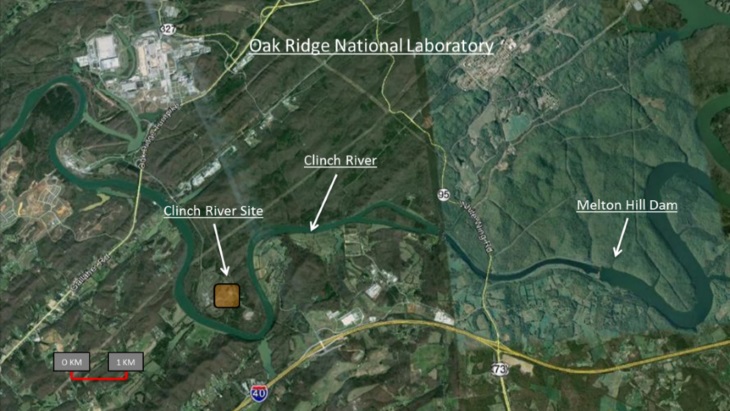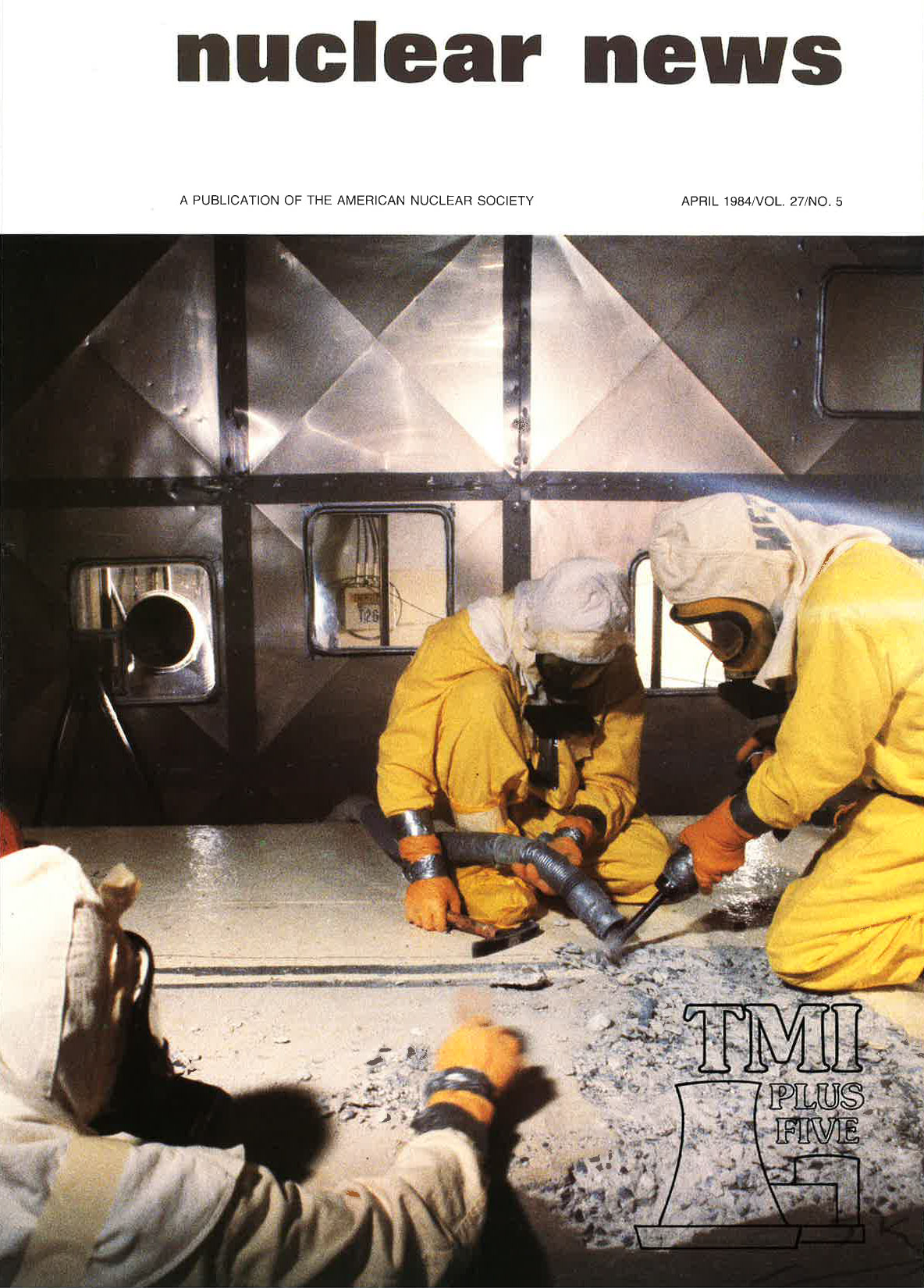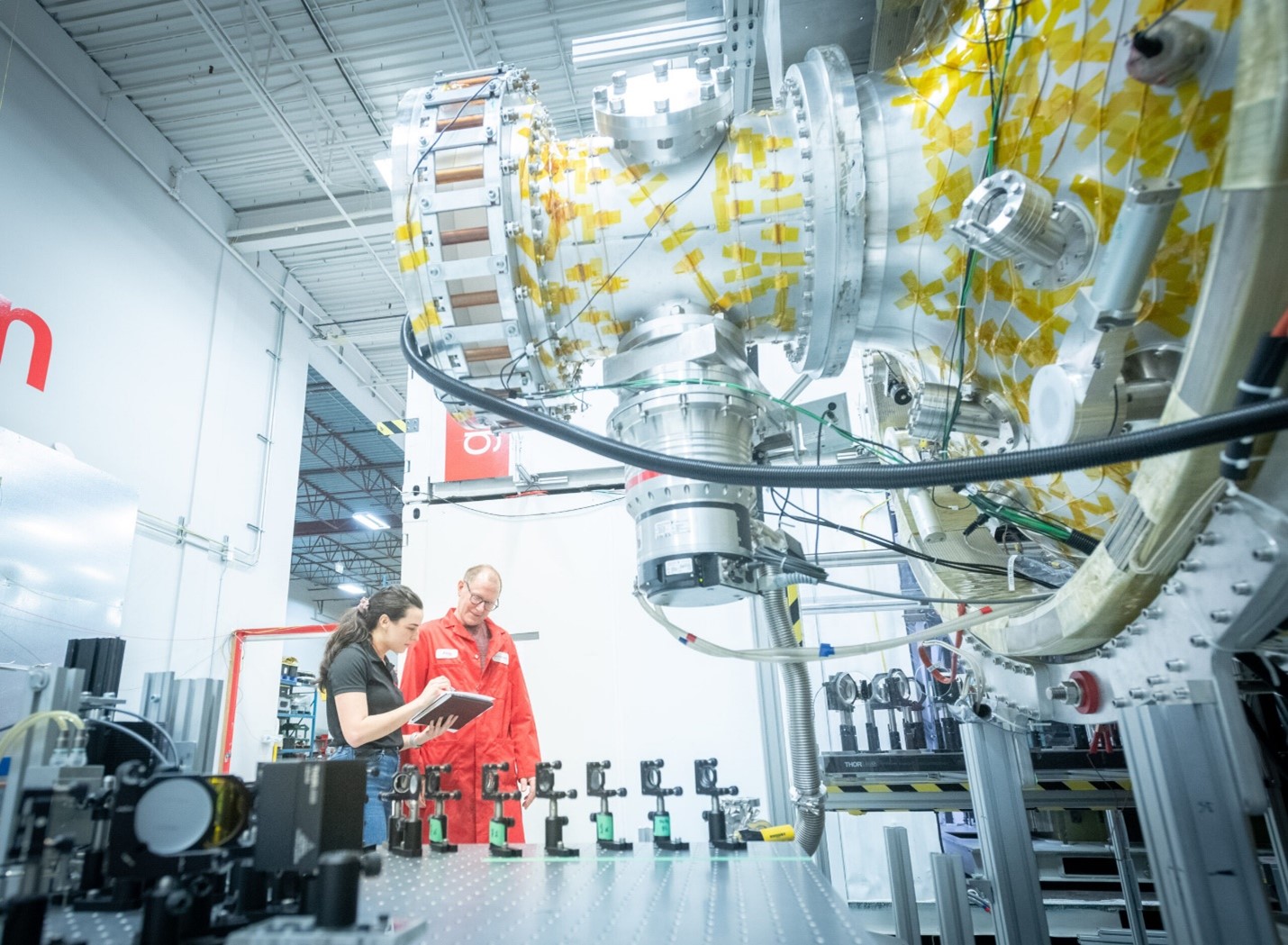[Click to view full image] Cutaway of the HPR1000 design. (Image: CGN)
The Office for Nuclear Regulation (ONR) and the Environment Agency (EA) have found the UK HPR1000 reactor suitable for construction in the United Kingdom, the regulators jointly announced last week.
Mining at McArthur River takes place between 530 and 640 meters belowground. (Photo: Cameco)
Citing “improving market sentiment,” Tim Gitzel, president and chief executive officer of the Canadian uranium mining company Cameco, announced on February 9 the planned restart of operations at the McArthur River mine in Saskatchewan.
Beaver Valley in Pennsylvania is one of the U.S. nuclear power plants identified by the Nuclear Decommissioning Collaborative as being at risk of closure. (Photo: NRC)
The Department of Energy’s Office Nuclear Energy has launched a $6 billion program aimed at preserving the existing U.S. fleet of nuclear power reactors. Established under the Bipartisan Infrastructure Law, the Civil Nuclear Credit Program will allow owners and operators of commercial nuclear power reactors at economic risk of shutting down to apply for credits via a sealed bid process.
An advanced nuclear reactor technology park is hoped for the 935-acre Clinch River site. Image: TVA
The Tennessee Valley Authority’s board of directors has given the go-ahead for a program that will explore the development and potential deployment of small modular reactors as part of the utility’s decarbonization strategy.
The interior of JET with a superimposed plasma. (Image: EUROfusion)
A new record has been set by the world’s largest operating tokamak, the Joint European Torus (JET). According to the EUROfusion scientists and engineers who work on JET at the U.K. Atomic Energy Authority’s Culham Centre for Fusion Energy, the landmark experiment, announced on February 9, which produced 59 megajoules of fusion energy over five seconds, is powerful proof of fusion’s potential as a clean energy source.
The first steel ring section of the Unit 2 reactor building was installed in November 2021. (Photo: EDF Energy)
The United Kingdom’s Office for Nuclear Regulation (ONR) has granted permission for the start of bulk mechanical, electrical, and HVAC component installation work at the Hinkley Point C site in Somerset, England, where two 1,630-MWe EPRs are under construction. Thus far, most of the activity at Hinkley Point C has been in the field of civil construction.
This new phase, according to ONR, will require a workforce of up to 4,000 during peak times, including welders, pipe fitters, and electricians. The work is to be accomplished over a three-year period, with NNB Genco—the EDF Energy subsidiary set up in 2009 to build and operate Hinkley Point C—teaming up with four suppliers: Balfour Beatty Bailey, Doosan, Cavendish, and Altrad.
IAEA director general Rafael Mariano Grossi (left) and WHO director general Tedros Adhanom Ghebreyesus. (Photo: IAEA)
The International Atomic Energy Agency has launched the Rays of Hope program to tackle a severe shortage of cancer care capacity in poorer countries. The program’s initial focus will be on Africa, where people often die from the disease because of the lack of access to potentially life-saving nuclear medicine and radiotherapy, according to the IAEA.
A video on the program is available on YouTube.
SHINE’s Mo-99 production facility under construction in Janesville, Wis. (Photo: SHINE)
SHINE Europe, a nascent subsidiary of Wisconsin-based SHINE Technologies, announced Wednesday that it has secured funding to begin designing an advanced medical isotopes facility in Veendam, the Netherlands. The new facility will use the same fusion-based neutron generator system SHINE is employing at its Janesville, Wis., facility to produce medical isotopes, including molybdenum-99, which is used in diagnostic imaging.
General Fusion is aiming to operate a fusion demonstration plant in 2025. (Photo: Bruce Power/General Fusion)
Bruce Power, General Fusion, and the Nuclear Innovation Institute have signed a memorandum of understanding to evaluate the potential deployment of a fusion power plant in Ontario, including in a region on the shores of Lake Huron comprising three counties—Bruce, Grey, and Huron—that has been dubbed the Clean Energy Frontier. Together the three organizations plan to build on existing clean energy technologies and expertise in the region and lead stakeholder and public outreach activities to raise awareness of the potential benefits of fusion energy.
This image is described by the Alaska Center for Energy and Power as a conceptual layout of a generic small modular reactor or microreactor. (Image: ACEP)
Alaska Gov. Mike Dunleavy (R.) introduced “An act relating to microreactors” (SB 177) in the Alaska state legislature on February 1 that would modify existing state law on nuclear energy by specifying that microreactors are not subject to certain nuclear reactor siting and permitting regulations in Alaska. The bill defines a microreactor as an advanced nuclear fission reactor that would be capable of generating no more than 50 MWe.







.jpg)

 Today’s #ThrowbackThursday post looks at the initial debate surrounding the conversion of research reactor fuel from high-enriched uranium to low-enriched uranium. An article published in the
Today’s #ThrowbackThursday post looks at the initial debate surrounding the conversion of research reactor fuel from high-enriched uranium to low-enriched uranium. An article published in the 








